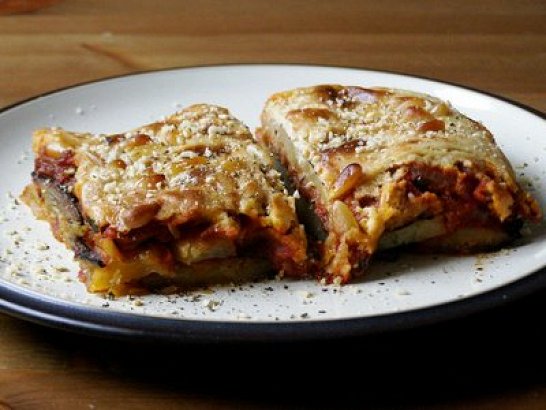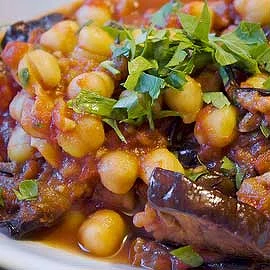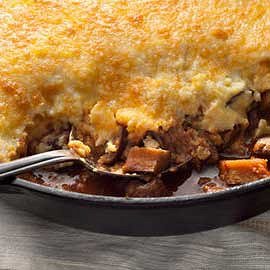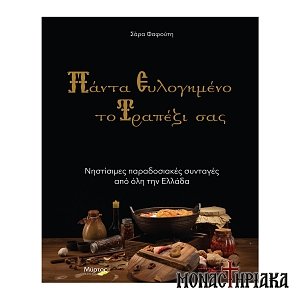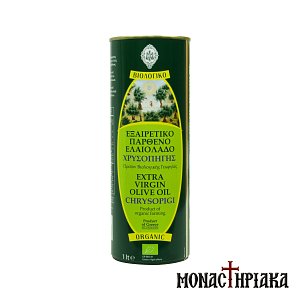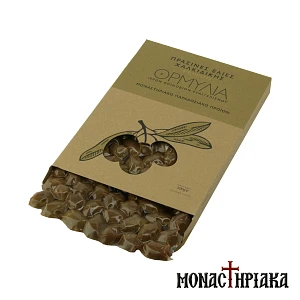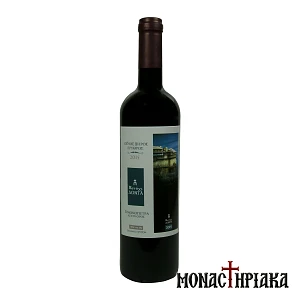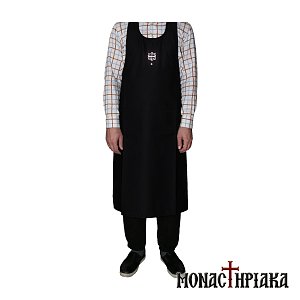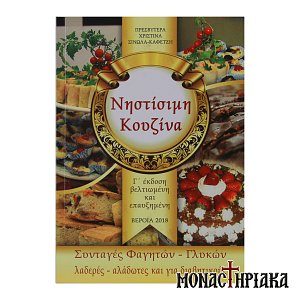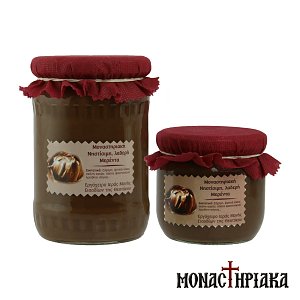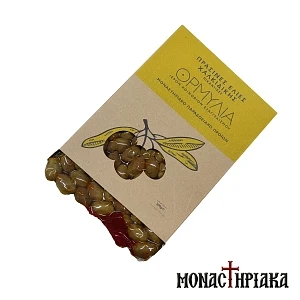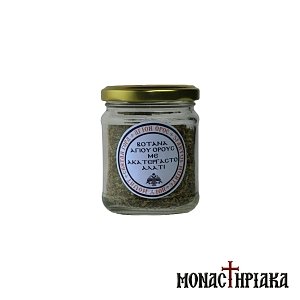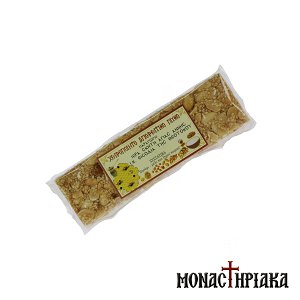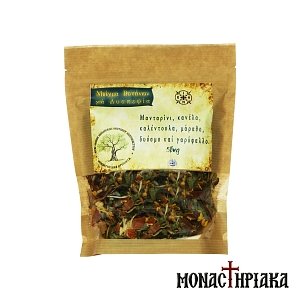Ingredients (for 8-10 servings):
1.5 kilo of potatoes
7 aubergines
5 medium onions
4 cloves of garlic
1.5 kilo of fresh tomatoes
250 g. breadcrumbs
Some ground cinnamon
Some ground cumin
Black pepper, oil, salt.
Part A
Peel the potatoes and the aubergines. Wash them and cut them in slices. Then, sprinkle the aubergines in salt and let them sit for about an hour at least. After that, fry the potatoes first and then the aubergines, after you have washed and drained them. Peel the onions and the garlic and chop them. Saute them and when they brown, pour the tomatoes, which have been mashed first (in the blender). When all the ingredients are boiled for 15 minutes, pour the spices and then turn off the heat. Then, prepare the baking pan. Make a layer of potatoes and using a deep spoon, spread some of the stuffing onto the potatoes. Sprinkle some breadcrumbs and some grated yellow cheese (kefalotiri). After that put another layer of aubergines. Repeat the procedure, that is, potatoes, stuffing, breadcrumbs, yellow cheese, aubergines, stuffing, breadcrumbs, yellow cheese. The adequate amount of the ingredients is to make two layers of potatoes, two layers of aubergines and four layers of breadcrumbs, yellow cheese and stuffing.
Part B Béchamel (white sauce)
Ingredients for the béchamel (sauce):
250 g. flour
5 eggs
200 g. oil
1.5 teaspoon ground nutmeg
In a sauce pan put the oil over low heat as well as the flour in small amounts. Stir with a wooden spoon until it gets brown. Put the milk and the eggs, which you have already beaten. Go on stirring until the mixture starts to be thick. Then take it away from heat and add the nutmeg. Spread the cream all over the baking pan until the food is evenly covered. Put it in the oven, to 180 degrees and after half an hour it will be brown and ready. It would be better to wait until it is cool enough before you cut in pieces otherwise it will not be cut properly. You can also make our moussakas without stuffing. You will only need breadcrumbs, yellow cheese and béchamel to put on the top of it.
Click here for the book of Father Epiphanios 'The cuisine of holy Mount Athos'.
